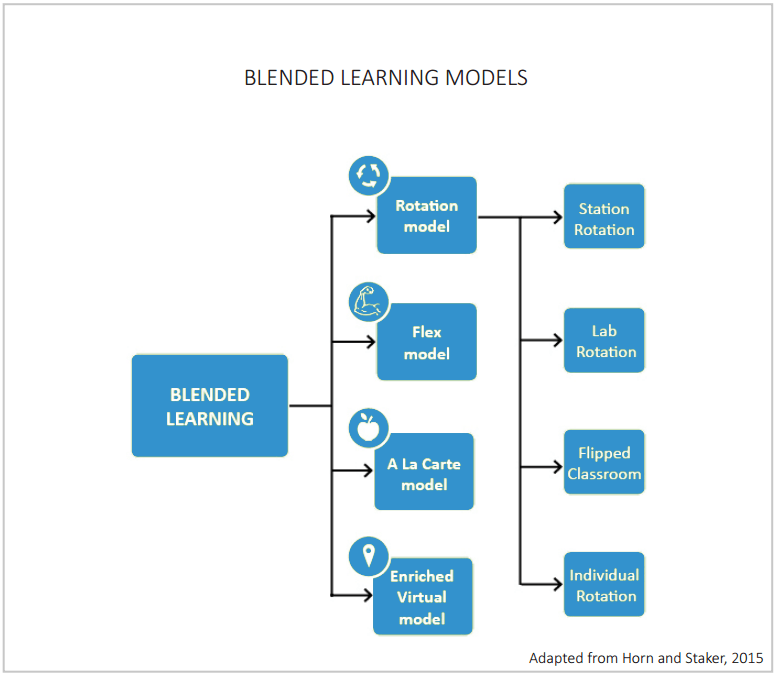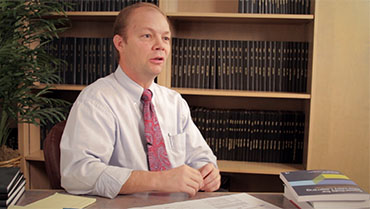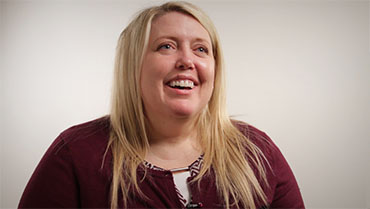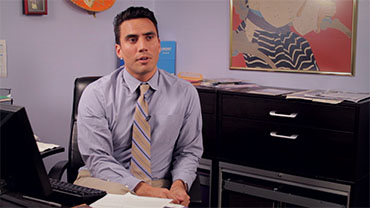Blended Learning: A New Learning Dynamic
The field of education is constantly innovating, but one innovation in particular is generating a lot of excitement lately: blended learning. What is blended learning, and why is it the new buzzword in education?
What is Blended Learning?
The concept of “blended learning” is still maturing, but Michael B. Horn and Heather Staker provide a good working definition for it in their book, Blended: Using Disruptive Innovation to Improve Schools:
“…a formal education program in which a student learns at least in part through online learning with some element of student control over time, place, path, and/or pace and at least in part at a supervised brick-and-mortar location away from home. The modalities along each student’s learning path in a course or subject are connected to provide an integrated learning experience.”1
What are the benefits of blended learning, and what does this new learning dynamic mean for students and teachers?
Increased Student Control
Students assume greater control and a more active role in their learning, some of which is done in the classroom with the teacher and/or fellow students and some done independently at a computer. Offering students choices in how they learn helps boost student interest and engagement.
Shift in the role of the teacher
As students become more self-reliant learners, teachers shift from knowledge providers to learning facilitators, coaches, and mentors, who are freer to circulate among students, observe them more closely, and give them the targeted support they need.
Personalized Student Learning
Data compiled from students’ work in software programs such as Reading Horizons Discovery™ and Reading Horizons Elevate™ provides detailed information on students’ struggles, so teachers can more effectively customize face-to-face instruction. Our software is adaptive, which helps personalize each student’s computer-based learning experience.
What is the Role of a Teacher ›
Technology has inevitably changed the learning dynamic of the classroom. But how does it affect what a teacher does? What role does a teacher play in a blended learning environment?
Click on the link above to learn more about a teacher’s role in blended learning.
Blended Learning Models ›
The problems, resources, and educational objectives of schools vary widely; a blended learning model that works in one school may not work as well in another. Fortunately, there are no fewer than 7 common models of blended learning that schools can choose from or combine to provide the best blend for their teachers and students.

Blended Learning Resources ›
Reading Horizons offers a variety of resources on blended learning. To gain a deeper understanding of this exciting innovation in education, click on the link above.
Blended Learning Videos
Our brief videos spotlight experienced educators discussing the features and benefits of blended learning and exploring how Reading Horizons can be used in a blended learning environment. Tap into their knowledge by clicking on the following videos.
Notes
1. Michael B. Horn and Heather Staker, Blended: Using Disruptive Innovation to Improve Schools (United States: Jossey-Bass, 2014), 54.
The image on this page is an adaptation of a graphic originally appearing in the book Blended: Using Disruptive Innovation to Improve Schools.




